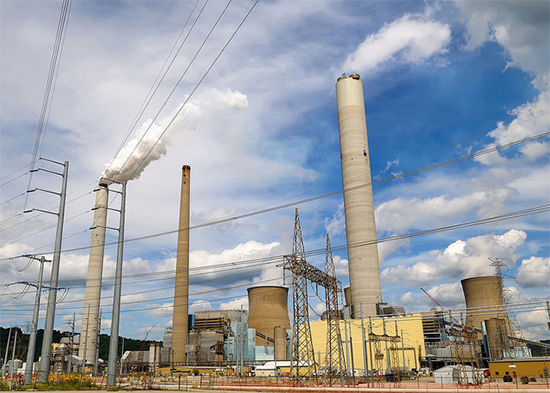Clean Air Act improves water quality in Appalachian rivers
Cutting power plant emissions has lowered nitrogen pollution in some forested watersheds.
The reduction of power plant emissions in the mid-Atlantic has improved water quality in the Chesapeake region, according to new research from the University of Maryland Center for Environmental Science (UMCES).

Image courtesy haglundc/Flickr
Researchers at the university’s Appalachian Laboratory have traced improvements in the water quality trends of nine forested watersheds located along the spine of the Appalachian Mountains to the Clean Air Act’s Acid Rain Program. Passed in 1990, the Acid Rain Program led to a 32 percent drop in human-caused nitrogen-oxide emissions in 20 states. As these emissions have declined, so too has the amount of nitrogen found in some Pennsylvania, Maryland and Virginia waterways.
In other words, while the Acid Rain Program only intended to reduce the air pollution that causes acid rain, it had the unintended consequence of reducing the amount of nitrogen oxide particles landing on the region’s forests, thus improving local water quality.
“Improvements in air quality provided benefits to water quality that we were not counting on,” said UMCES President Donald Boesch in a media release.
Once nitrogen oxide particles are emitted into the air, wind and weather can carry them long distances. In time, these particles fall onto the land or into the water. Nitrogen that enters rivers and streams can fuel the growth of algae blooms, which block sunlight from reaching underwater grasses and create low-oxygen “dead zones” that suffocate marine life. Scientists estimate that just over one-third of the nitrogen polluting the Bay comes from the air.

Comments
There are no comments.
Thank you!
Your comment has been received. Before it can be published, the comment will be reviewed by our team to ensure it adheres with our rules of engagement.
Back to recent stories